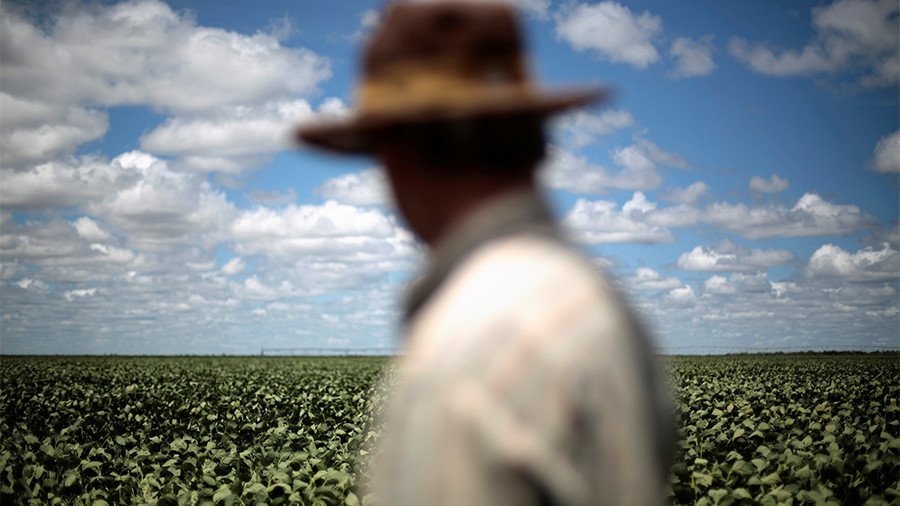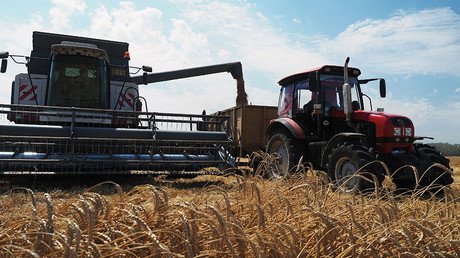Chinese tariffs hitting US where it’s most vulnerable – farming

Soybean trade between China and the US, crucial for American agriculture, would become the first casualty in a trade war between the world’s biggest economies.
Beijing announced Wednesday it is going to slap a 25-percent tariff on American agriculture, cars, and more than 100 products if the US imposes levies on Chinese goods.
One of the most sensitive issues could be tariffs on soybean exports. Last year, soybeans were the biggest US agricultural export to China at a value of $12 to 14 billion.
The Chinese retaliation comes at a time when US agriculture producers are experiencing hard times. In February, the US Department of Agriculture reported that American net farm income is set to fall to the lowest level since 2006. Soybeans are the only sector where the USDA predicted an increase.
“The Chinese are very clever here. They knew that they were going to hit right to the heart of [US President Donald] Trump’s base of support in the Midwest,” Keith Bliss, a trader for the brokerage firm Cuttone & Co., told CNBC.
“I’m sure the White House got dozens of calls from soybean farmers this morning when they saw that news cross the tape. And it’s going to get both parties to the table. And that’s precisely what the Chinese wanted to accomplish,” Bliss said.
Farmer Doug Keesling of Kansas told Reuters that he doesn’t know what to plant besides soybeans. “The bigger story for me is not what am I going to plant,” he said. “It is how long can I sustain that as a farmer and continuing producing food, not just for China but for the United States.” If all crops on the Chinese list are levied, “then you go into survival mode,” he added.
What can be more disastrous for US farmers is that when responding to Trump’s tariffs, Beijing showed that it is ready for self-sacrifice, as well. China is the largest consumer of soybeans in the world, and eats up about 60 percent of the world’s yearly production, to feed its livestock industry, the world’s largest, including 400 million pigs.
Why did #Beijing target US soybeans?Because #China bought $14bn worth in 2016, and 8 of 9 biggest producing states voted for Trump. @NBCNews
— Janis Mackey Frayer (@janisfrayer) 4 апреля 2018 г.
America supplied a third of Chinese soybean imports – the second-largest market after Brazil. Argentina, the world’s third-largest producer, has been hit by a drought, and not many countries are producing soybeans at the extent China needs.
“There simply aren’t enough soybeans in the world outside of the US to meet China’s needs,” said Mark Williams, chief Asia economist at Capital Economics, as quoted by Reuters. “As for reducing dependence on imports, there are a few options, but none is a magic bullet that could hurt US farmers without generating costs at home.”
For more stories on economy & finance visit RT's business section















